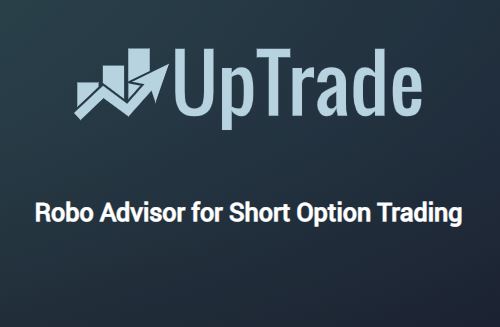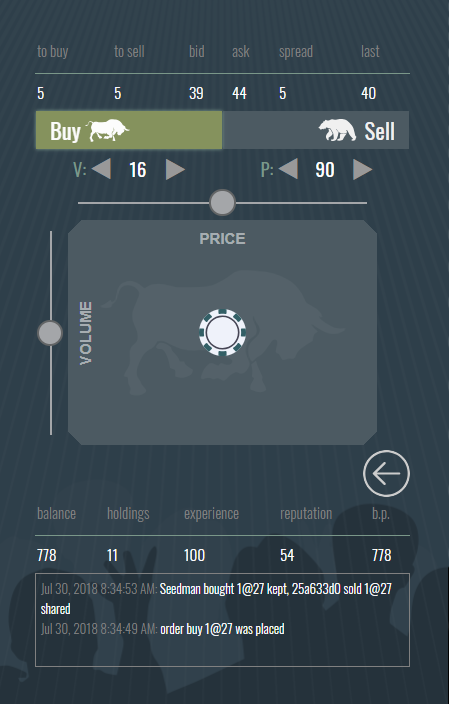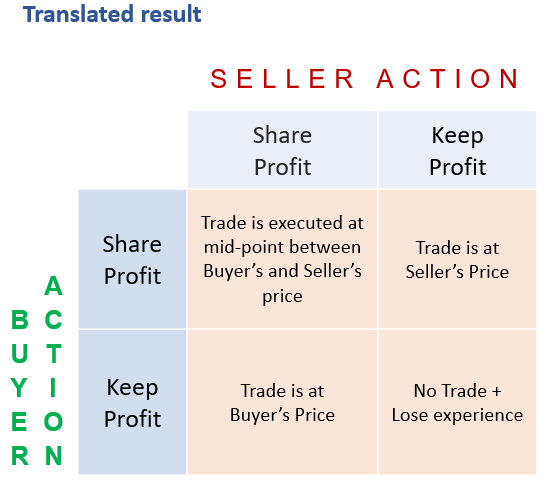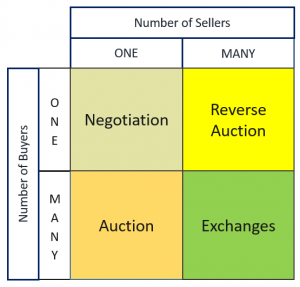Alright. You successfully registered at Tradefor and you are ready to make your first trade.
The Basics
A “market” is defined as a period of time when tokens can be traded. The market period will commence on a published start date and extend until a published assignment date. The price of a gift card will likely increase as the time to the settlement date decreases.
Assignments will be settled at 12:00 pm UTC on the published date of settlement. Up until the moment, tokens can be freely bought and sold with a couple of notable restrictions that help to spread the wealth.
This is a game, after all, so here are some rules.
Hold and Assignment Limit Rules
Tradefor Rule #1: There is a maximum number of tokens you can hold in your account. This is called a “hold limit”. The hold limit puts a cap on the number of tokens you can hold in your account at any time. This rule prevents a handful of traders from cornering the market.
Tradefor Rule #2: There is an “assignment limit”. An assignment limit is the maximum number of tokens that can be assigned to you on the assignment date. For example, if the assignment limit for a market is 2 tokens, and you hold four tokens, you will only be assigned two tokens at assignment.
At assignment, any excess tokens you hold in your account beyond the assignment limit will be called away — with no payment in kind. Needless to say, make sure you sell any excess tokens in your holdings before settlement.
Buying Power
A primary objective, aside from being assigned tokens you want to own, is to increase your buying power. Your buying power is transferable to other markets. Increased buying power can be used to trade for larger value tokens in other markets.
You can also add buying power to your account by transferring Ether into your account.
Why should I trade if I am limited to a handful of tokens assigned at a date in the future?
You don’t have to. But tokens will be gradually introduced, programmatically, into Tradefor with increasing prices over time. If you buy tokens near the beginning of the market, hold them for a few days, and then sell them, you will likely realize a buying-power profit.
Can my increased buying power be withdrawn from my account?
No. Buying power in Tradefor cannot be withdrawn. One exception: A trader can withdraw buying power equal to self-funded amounts. All withdraws will be denominated in Ether (ETH) and deposited to an Ethereum address provided to Tradefor by the trader.
Why are there hold and assignment limits?
Hold and assignment limits spread the wealth across many traders which ensures a wider distribution of tokens. From an token issuer’s viewpoint, Tradefor is a marketing platform — a way to distribute a promotional incentive to a large audience. Issuers are essentially gifting tokens in exchange for brand awareness. That is called advertising.
We take the position that awarding tokens in a skills-based adver-game is legal in any country.
Is there liquidity in the market?
Thin markets mean there is a lack of liquidity. Trades don’t cross because of the spread between the buy and sell prices desired by different traders. It’s like a seventh-grade dance where girls are standing one side of the room and boys on the other. Nobody is dancing…or trading.
Tradefor solves the liquidity problem by using a patent-pending negotiation process. If you are interested in the theory behind this capability, see our blog on the subject. Our quick-fire trading method ensures market liquidity even if there are only two traders.
Three ways to make a trade
There are three ways you can make a trade on the Tradefor exchange:
- Use a trade ticket to place a market order
- Engage with a trading avatar on the trading floor and buy what is offered at a published price
- Trade LIVE in the Tradefor Pit quick-fire negotiation of prices
Let’s look at the easiest way to trade, first, by placing a market order.
Placing a market order from a trade ticket
First, go to “Positions” from the main menu. You will see that you have some buying power donated by Tradefor. One unit of buying power equals 1/10,000 of one Ether. It is called a “Lubin”. We may abbreviate that to LUB. One unit of buying power in Tradefor (1 LUB) will equal about 7 cents assuming the price of one Ether is $700.
Next, pull down an order ticket. To do this, click on the logo graphic in the site’s header. This will drop down a market order ticket.
Now look at the current quote displayed on the ticket. Based on that quote, you will select a quantity to buy (or sell) knowing that you will be buying at the Ask price or selling on the Bid price– just like conventional stock trading. Market orders never have an absolute price guarantee, so be aware that the actual trade price may fluctuate from the quote price.
There is one more market order restriction to mention. Tradefor places a maximum quantity on the number of units you can trade as a market order. The maximum quantity of units that can be traded on any one market order is five (5) units. We implemented this rule to help prevent flash crashes. Flash crashes occur when one large market order sweeps through an order book gobbling all orders at all prices and creating unrealistic volatility. Limiting the market order size solves this problem.
Sample Trade
Let’s look a sample trade. Say you have 30 LUB in buying power in your account. The price of one gift card is 13 LUB. You decide you want to buy 2 tokens (representing two $10 gift cards). To make this trade as a market order you will input the quantity as 2, and then select “Preview”.
If the preview is what you want, you will go on to select “Trade” to execute the order. You should see an instant validation of the trade. Within a few seconds, your screen view will automatically switch to your positions screen which will give you a visual confirmation of the trade.
Now that you own two tokens, you are in the game. You own the right to be assigned 2 tokens on the settlement date. You can hold these tokens and wait for settlement, of you can sell these tokens at any time.
Trading with avatar market makers
The second way to make a trade is to go on the trading floor and trade with an avatar market maker. There are a couple of advantages to making a trade this way.
For one, you can buy either a single unit offered, or all the units offered by the avatar (those are the only quantity choices possible). What’s more, you have to decide quickly. Avatars offers will change every few seconds. Unlike market orders, the price offered by avatar traders is a guaranteed price. Other traders may be interested in making the same trade so you have to decide quickly.
To trade with an avatar, select “Trading Floor” from the menu. This will take you the floor. As a default, you will be looking at sellers as a buyer.
Once you are on the floor, you can review offers from a number of traders. If you want change side on the trade, click on the sell tab at the top. Try swiping left (or right) to see more traders. If an offer is interesting to you, click on the trader. This will show the action buttons for that trade.
Trade LIVE
Trading in LIVE allows you to interact with other traders, like yourself and resolve pricing issues through a patent-pending method of negotiation. A description of LIVE trading is here.
Let’s Go!
Since the initial buying power you receive is free, we encourage you to try making a view trades. Remember that there is a micro commission on each trade equal to about 0.7 cents a trade (0.1 LUB).
You can also add more buying power by funding your account. Go to the menu item funding. You can add buying power, directly, through an Ethereum wallet, through our money-transfer partner Uphold (you will need an Uphold account to use this option), or through PayPal.
















